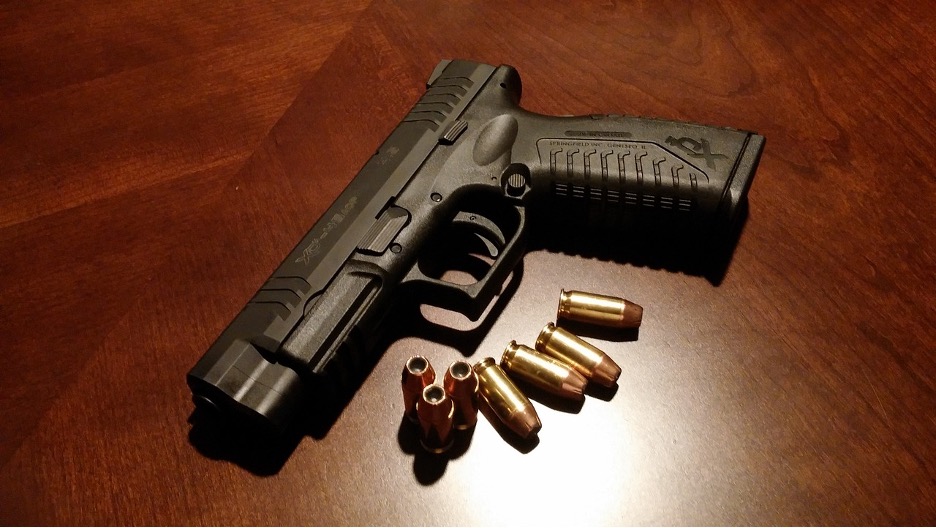Now Reading: Some Valid Counters to Fingerprint Evidence in a Criminal Case
-
01
Some Valid Counters to Fingerprint Evidence in a Criminal Case

Some Valid Counters to Fingerprint Evidence in a Criminal Case
Many criminal prosecutions have revolved around fingerprint evidence. In many cases, it is considered to be precise and objective. Yet, various issues can make it untrustworthy and subject to challenge. When considering it as the sole significant evidence in a case, courts have to be careful.
Although different types of fingerprints are gathered during investigations, not all of them are equally strong as evidence. Often difficult to match with certainty are smudged, incomplete, or poor-quality prints. This opens doors for mistakes, misidentifications, and wrongful charges. Let’s look at some valid counters to fingerprint evidence in a criminal case.
No Set Standard for Fingerprint Matching
The number of points that must match between prints is not governed anywhere globally. One professional might declare a match based on a few points. Another may argue that the print does not match.
This lack of consensus raises doubts and causes confusion. Such inconsistencies make fingerprint evidence easily contested during a trial.
Subjective Human Judgment
Fingerprint comparison sometimes depends on personal judgment rather than always being scientific. Particularly in cases with unclear prints, experts have to determine whether two prints look alike. Their decision-making may suffer from either fatigue or bias.
Looking at the same print, several professionals may arrive at different results. Fingerprint matches aren’t always reliable since no single correct answer exists.
Poor Print Quality from Crime Scenes
Not every print discovered at a crime scene is fit for matching. Certain prints might be damaged by surfaces or weather or smudged partially. Print appearance may be affected by moisture, dust, or surface texture.
A small or blurry print might not contain enough detail for a match. One typical and usually successful defensive tactic is challenging the clarity of the print.
Errors in Fingerprint Databases
Automated Fingerprint Identification Systems (AFIS) and other fingerprint databases use computers to look for matches, yet they are prone to errors. These systems depend on software that may produce false positives. Mistakes during data entry can also link the wrong individual to a crime.
Should a print have low quality, the system may suggest several poor matches. These issues raise reasonable doubts regarding the accuracy of automated matches.
Fingerprint Theft or Forgery
Fingerprints are much easier to replicate or steal thanks to technology. Prints from daily objects people touch can be lifted by hackers. One can replicate these prints and place them at a crime scene.
Some may even plant false fingerprints to frame someone else. A defense lawyer in court can bring up this issue to challenge how the print got there.
Limited Lifespan of Fingerprints
Fingerprints fade with time, and their lifetime will differ greatly. Surface type, time, and temperature all influence print lifetime and readability. Prints on metal, for instance, may fade more quickly due to corrosion.
If a print is too old, its value as evidence is questionable. A lawyer can argue that the age of the print renders it unreliable.
Problems with Latent Prints
Latent prints are invisible prints left behind without anybody knowing. They are often less detailed and difficult to find. Technicians have to develop them with chemicals or powders.
Sometimes that process itself distorts or ruins the print. This provides the defense lawyer with another means of contesting the quality of the evidence.
Examiners May Rely Too Much on the Prosecution
Certain fingerprint experts may be closely associated with law enforcement. Their part in supporting prosecutors may compromise their objectivity. They can get under pressure to verify a match.
If their methods aren’t double-checked, errors can go unnoticed. A defense attorney may thus question the examiner’s independence.
Showing where errors or uncertainties may exist is necessary when challenging fingerprint data. Courts must require from fingerprint examiners more than just a gut feeling. Given the multiple flaws in the process, a strong defense can expose weaknesses in what otherwise appeared to be solid evidence.









